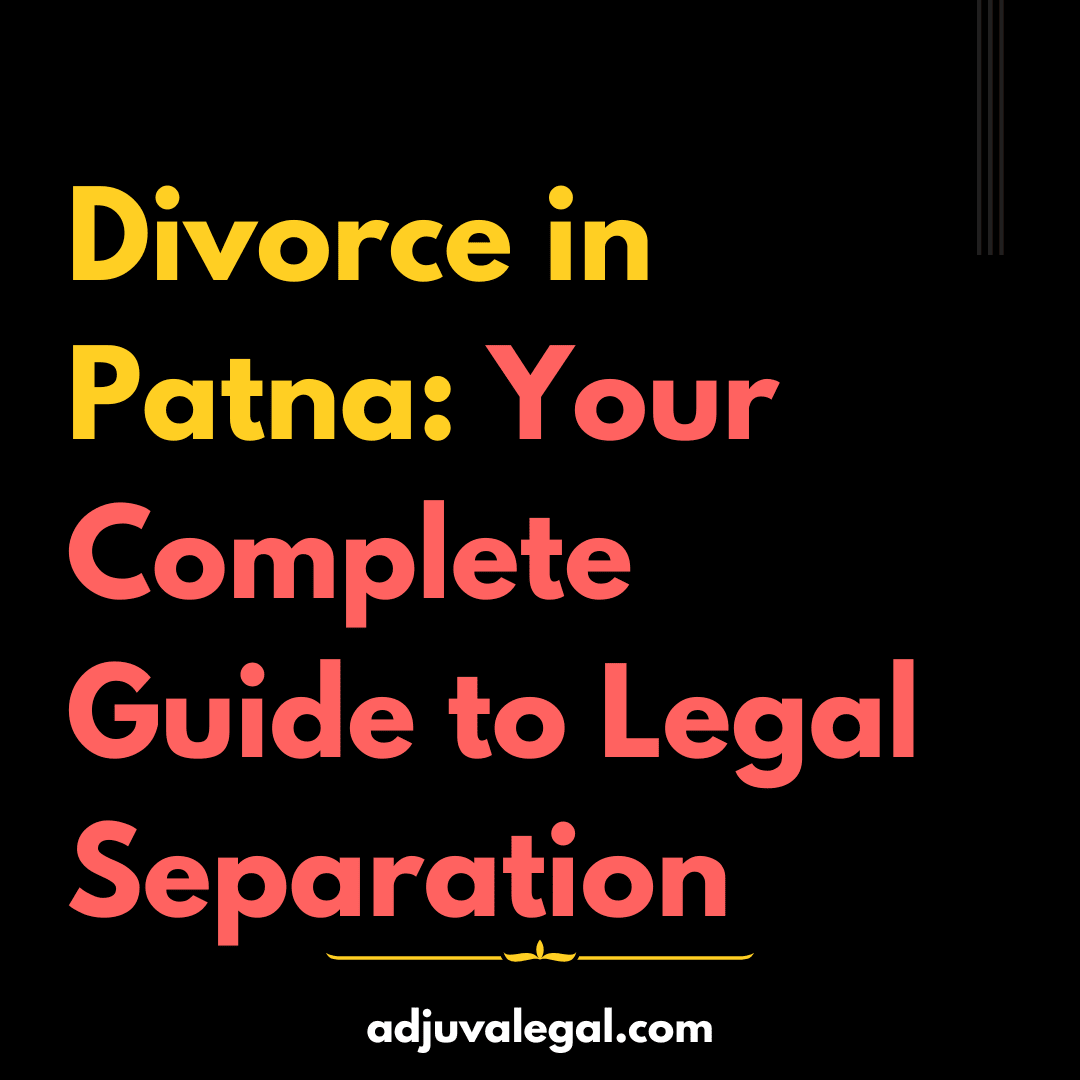An Overview
As rightly stated by eminent jurist Dicey, Law is supposed to be stable, it is not supposed to stand still. Apparently, the legal fraternity is inconsistent with the stagnancy in any concept. The changing scenario in the world requires the law to run ahead of it so that each individual can enjoy equal opportunities and get equal justice. Similarly, the licit procedure for abortion was not running parallel to the evolution in society and the apex court being a guardian of the Constitution of India constructed the bridge to overcome.
Existing Law before the Judgment
The Medical Termination of Pregnancy Act and Rules 1971 governs the procedure for termination of pregnancy in India. Section 3 of the aforementioned act states the concept of when pregnancies may be terminated by registered medical practitioners.
A pregnancy may be terminated by a registered medical practitioner,—
(a) where the length of the pregnancy does not exceed twenty weeks, if the such medical practitioner is, or
(b) where the length of the pregnancy exceeds twenty weeks but does not exceed twenty-four weeks in case of such category of woman permission of not less than two doctors is required under the following grounds —
- Risk to the life of the woman if she continues the pregnancy
- Substantial risk of developing a serious mental or physical disorder, if the child were born
Amendment in 2021
- Explanation 1 of the above-stated section included abortion of a child born out of wedlock between a husband and wife which was later on amended with words stated hereinafter, a woman and her partner.
- Parliament permitted the period of termination from 12 – 20 weeks to 20 – 24 weeks
- The parliament also allowed the termination under the opinion of one doctor for pregnancies up to 20 weeks.
- The permission of two doctors was made necessary if the pregnancy is between 20 – 24 weeks.
Matter in Conflict
In the case of X vs. Principal Secretary, Health and Family Welfare Department, Govt. of NCT of Delhi Rule 3B of Medical Termination of Pregnancy Act and Rules was in question. The court also considered the judgment given in Suchita Srivastava v. Chandigarh Administration in the matter which affirmed that a woman’s right to reproductive autonomy is an integral part of her Right to life and personal liberty guaranteed by Article 21. Furthermore, the Right to procreate was included as a part of the right to bodily integrity and privacy of a woman, in the matter of Justice K.S. Puttaswamy (Retd.) and Anr v. Union of India and Ors.
Rule 3B states eligibility of a woman for termination of pregnancy up to 24 weeks is mentioned hereinafter:
- Survivors of rape or sexual assault
- Minors
- Change of marital status during the ongoing pregnancy (widowhood and divorce)
- Women with mental disabilities as mentioned in the Right of Persons with Disabilities Act
- Mentally ill women including mental retardation
- The foetal malformation that has a substantial risk of being incompatible with life or if the child is born it may suffer from such physical or mental abnormalities to be seriously handicapped; and
- Women with pregnancy in humanitarian settings or disaster or emergency situations as may be declared by the Government.
Current Scenario
- Right to an unmarried woman
Rule 3B(c) was in conflict with Article 14 affirming Equality before the law and equal protection of laws. An unmarried woman was willing to abort an unborn by terminating 23 weeks pregnancy. She conceived the child out of a consensual relationship but the man refused to marry her. Moreover, She was deprived of her right to terminate the pregnancy as she was not falling under the ambit of Rule 3B(c).
Hence the court stated, If Rule 3B (c) is understood as only for married women, it would perpetuate the stereotype that only married women are involved in sexual activities. This is not adhering to the principles of the Constitution. The constructive differentiation between married and unmarried women cannot be justified,
“Woman must have the autonomy to have free exercise of these rights.”
- Right to a married woman
The court as a part of equal protection of laws protected a married woman against pregnancy that happened because of marital rape. It further stated that marital rape also involves a series of sexual assaults against the woman. Pregnancy out of intercourse due to marital rape is also a non-consensual form of pregnancy. It is against the dignity of an individual to compromise in an abusive relationship because of non-consensual pregnancy. The court additionally stated that it is not required to prove the act constituting rape or sexual assault.
Apex court also affirmed that the woman whose marital status changed due to widowhood or divorce after conceiving is legally entitled to undergo termination of pregnancy within the period specified in law.
by Khushi Shukla
Disclaimer: The opinions expressed within this article are the personal opinions of the author. The facts and opinions appearing in the article do not reflect the views of Adjuva Legal and Adjuva Legal does not assume any responsibility or liability for the same.







